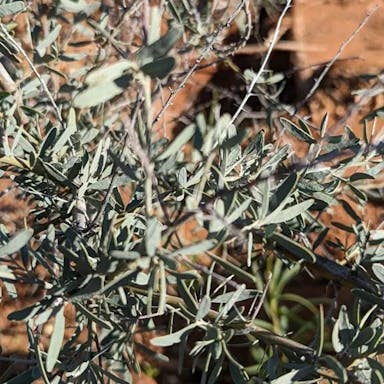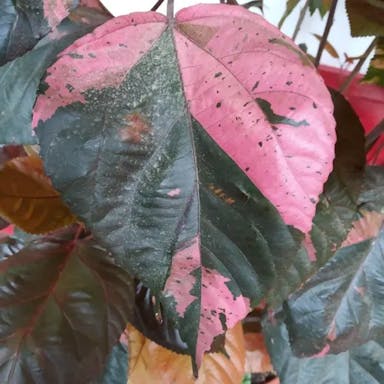Common gum cistus typically blooms in late spring to early summer in the United States. The flowers are at their best during the month of June. Blooming usually occurs for a period of 2 to 4 weeks. To extend the blooming time, deadhead spent flowers regularly to encourage new growth and blooms. Additionally, providing adequate sunlight and well-draining soil can help promote continuous flowering. It is important to note that individual plants may slightly vary in their blooming times depending on local climate conditions.
0
0












